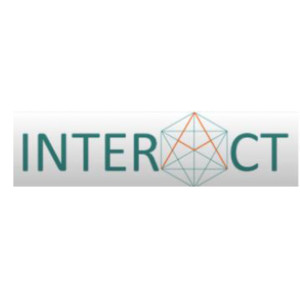 \
&
Contact us
\
&
Contact us
 \
&
Contact us
\
&
Contact us
About the programme
Under Specific Objective 1 – High-Performance Computing (HPC) Digital Europe aims to strengthen the EU’s supercomputing and data processing capacities.
Actions under this Specific Objective are mainly managed by the Euro HPC Joint Untertaking (EuroHPC JU). EuroHPC issues yearly work programmes indicating actions that are planned within Digital Europe, among other programmes.
For the period 2025-2027, activities will focus on the following activities:
Additionally, budget for HPC is foreseen under the 2025-2027 main work programme for the completion of the main components of Destination Earths, aiming to achieve a full digital twin of the earth by 2030.

marie.timmermann@fwo.be
+32 2 550 15 59
Find the contact info on the site of WEWIS
The National Contact Points (NCPs) provide support, guidance, and practical information to potential applicants, helping them navigate funding opportunities and application processes.
The Programme Committee (PC) members represent their country in decision-making about the work programmes, evaluate implementation, and provide strategic input on priorities and calls.
Infosheets contain edited content on aspects related to this programme. They are reviewed at least yearly.
Related links are easy pointers towards external information. We curate the list, but are not liable for the destinations.
Documents contain additional information related to this programme, and are similar to related links.

Professor Inez Germeys leads the Center for Contextual Psychiatry at KU Leuven, which is a large multi-disciplinary research group focusing on the interaction between the person and the environment in the development of psychopathology. She has received a European Research Council (ERC) Consolidator grant (INTERACT) and Proof of Concept grant (IMPACT). With these grants professor Germeys and her team researched a new mobile self-management therapy for patients with a psychotic disorder. The Acceptance and Commitment Therapy in Daily Life (ACT-DL) was further developed for the clinical environment. In line with that the Horizon 2020 IMMERSE project aims to thoroughly evaluate strategies, processes, and outcomes of implementing a digital mobile mental health solution.